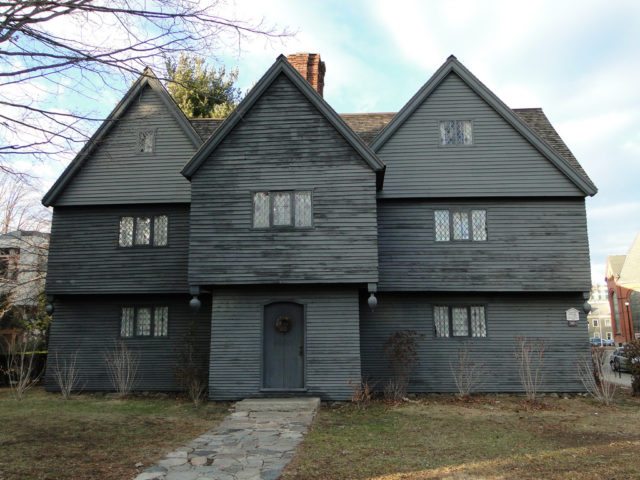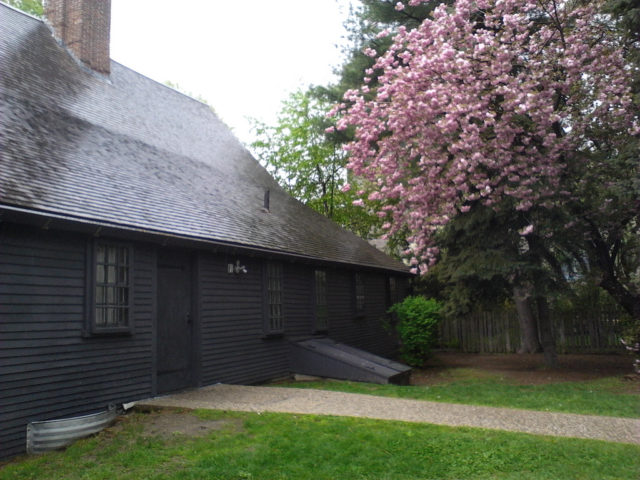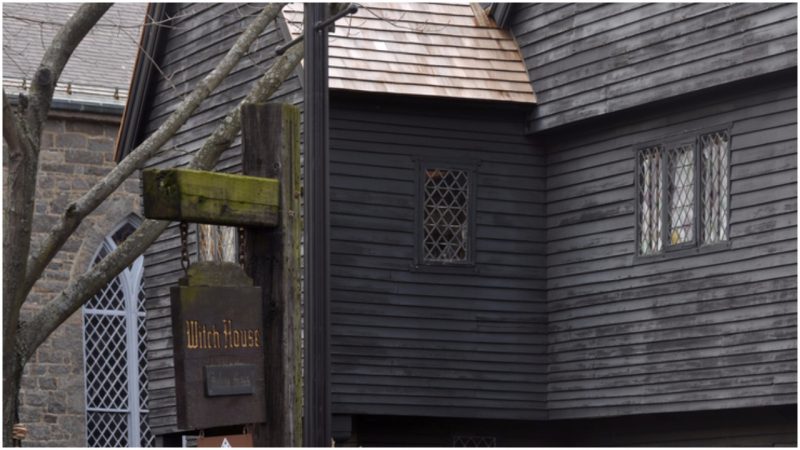A belief in the devil’s role in awarding some humans with other-world capabilities–those that can be used to harm people–is certainly one of the darkest developments of the Middle Ages. As early as the 14th century, this belief and resulting fear of the occult spread like wildfire across Europe, and the witch-hunt craze claimed the lives of tens of thousands of people in the following centuries.
Most of the witch-hunt victims were either hanged or beheaded, often at public gatherings. Moreover, as part of the brutal punishment, the bodies of the victims were burned to protect against a possible curse activated after their deaths. The most shocking aspect is that a great number of the condemned were burned alive, sadly suffering a most painful process of dying.
This belief and hysteria crossed the oceans and infected other continents too, so when colonists started arriving in the new world of America, they did not leave behind their superstitions. In colonial New England, these superstitions were deeply felt. It would be here that one of the most notorious occult stories in American history unfolded, that of Salem Village, the location known now as the town of Danvers, in Massachusetts.

In the 17th century, unrelenting challenges overwhelmed life at Salem village. The villagers were certainly affected by a British-French war that spilled over into the American colonies in 1689, and the community was also recovering from a smallpox epidemic. There was the enduring rivalry of the village with the more prosperous community of Salem Town, and the fears of being attacked by some of the nearby Native American tribes.

The Salem Witch Trials commenced in the spring of 1692, following the statements of a few local girls that they were possessed by the forces of the devil. The number of women in Salem Village accused of witchcraft quickly grew.The hysteria spread quickly throughout colonial Massachusetts, and a special court would assemble in Salem in order to conduct hearings and carry out investigations. The first “witch” found guilty was Bridget Bishop, and she was hanged in the month of June that same year. After her execution, the judge assigned to the court, Nathaniel Saltonstall, resigned, and his place was taken by Judge Jonathan Corwin.

In the course of the year, 18 more victims received the same fate as Bridget Bishop, and 150 more people were accused and held in prison. As the year came to a close, public opinion largely turned against the trials, but the damage was already done.
The drama ended in May of 1693 when the remaining victims were released from imprisonment. But already many people were surging with resentment over what had happened. The unpleasant and disturbing memories of the Salem Witch Trials would linger for centuries.
All that is left today to remind us of this dark episode is the house that once belonged to Judge Jonathan Corwin. His home is the single edifice left in Salem today that is directly associated with the witchcraft trials of 1692.

It is believed that Corwin purchased the house in 1674 when he was aged 24, and at that point the property was only partially finished. He would live in this house for 40 years and as he was a local civic officer and leader, he was asked to join the investigations of the special court. Because Corwin was directly involved with the Salem Witch Trials, his home eventually picked up the name Witch House and nowadays exists as a historic house museum in Salem. It is considered a great representation of 17th-century architecture.
Judge Corwin is buried in the nearby Broad Street Cemetery. Following his death, the property remained an asset of the Corwin family for two more centuries.

Confusion lingers over when the house was exactly built. According to some Victorian scholars, the house existed between 1620 and 1630. Also, they wrote that it was Roger Williams, the founder of the Rhode Island colony, who used the place as his residence during the 1630s. But according to the records of the Corwin family, the house was built not earlier than 1642.
Rumor has it that Judge Corwin would conduct interrogations or trials inside the house during the peak of the scandal. But there aren’t any documents in which any of the accused were talking about going for a hearing at Corwin’s place. It is also unlikely that Corwin himself would have allowed his own property to be the place of legal proceedings. The proceedings were probably conducted elsewhere, either the Old Meeting House in the village or the Ingersoll’s Tavern.

In 1944, the Witch House was under a serious threat of demolishment because an adjoining street needed to be widened. This motivated a group of enthusiasts to fully restore the site at Salem. For the purpose of the restoration efforts, they managed to raise $42,500.
The house was then moved 35 feet from its original location to where it stands today. The entire edifice was also restored to look just as it would have in the 17th century, even having its gambrel roof altered. The Witch House was opened to the public as a museum in 1948.
